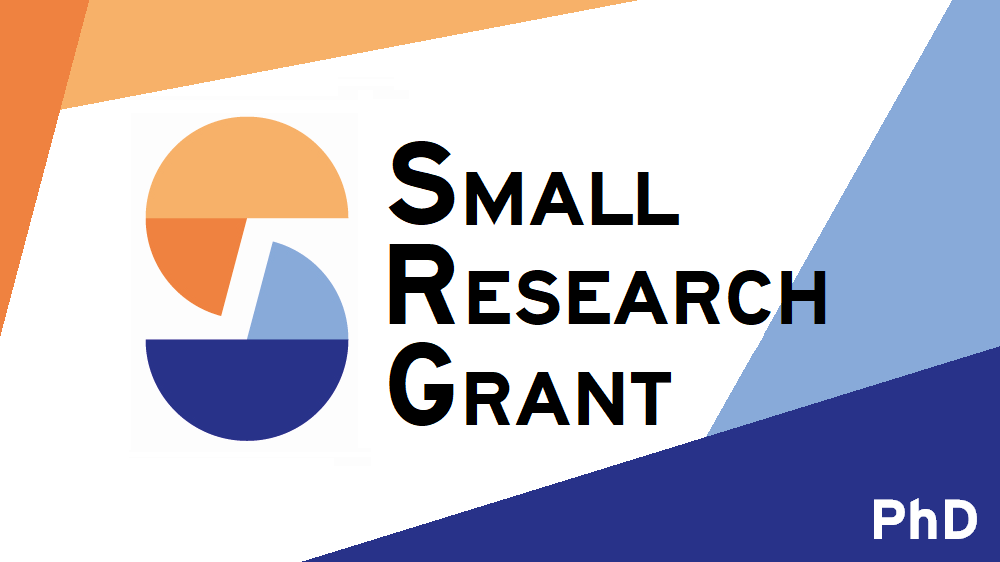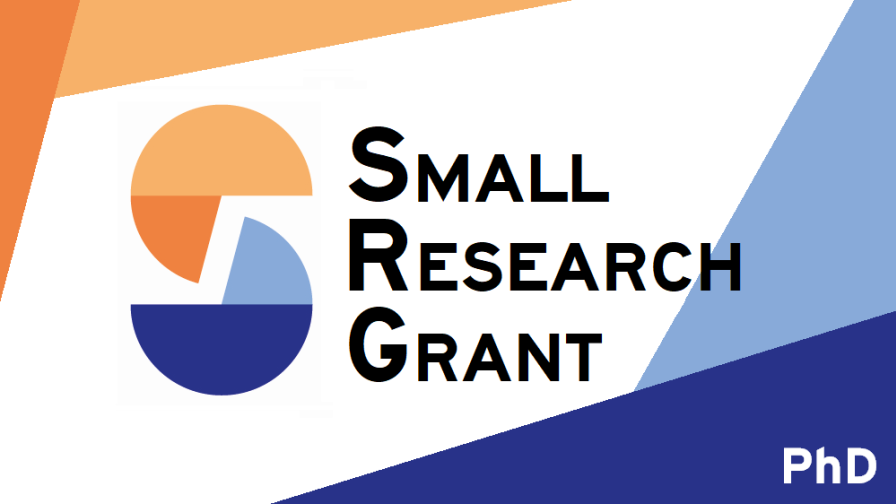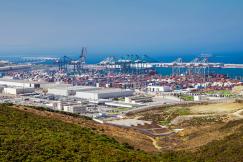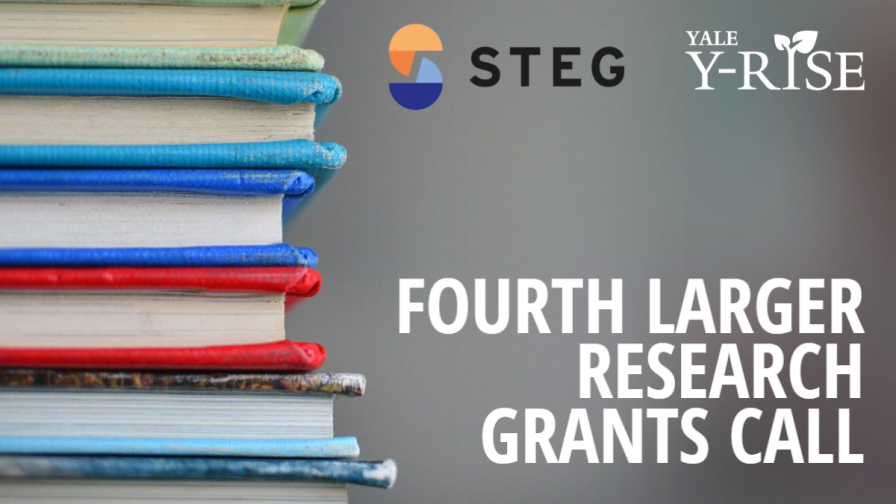Neoclassical models predict that entrepreneurs with high returns to capital will aggressively self-finance their business expansions. In many developing countries, however, empirical research has shown persistent misallocation of resources and heterogeneity in marginal products, suggesting that capital does not flow to its most productive uses. This apparent tension between theory and reality motivates this project, which seeks to quantify how firms’ savings choices respond to a reduction in their financing constraints. Specifically, this study looks at whether firms actually reduce self-financing after gaining access to cheaper external capital, as standard theory predicts, or if other forces cause them to retain earnings at similar or even higher rates.
The project addresses this question using detailed panel data from India’s manufacturing sector over the 2000s. In 2006, India expanded its credit guarantee scheme for small and medium enterprises (SMEs), raising the size cut-off for eligibility and thereby easing collateral constraints for a newly treated group of firms. The study employs firm-level production and balance-sheet information, harmonised across multiple rounds of the Annual Survey of Industries, to track how firms adjust both their capital investments and their retained earnings. The approach combines difference-in-differences techniques—comparing treated and control firms around 2006—with a structural model that simulates how savings decisions should change when financial frictions are relaxed.
By shedding light on how financing constraints shape firm behaviour, the findings speak to the policies that facilitate structural transformation in developing and middle-income countries. Effective financial policy can boost firm investment, but whether it also reduces capital misallocation depends on firms’ incentives to self finance. India, while not a low-income country, displays many features of markets with incomplete financial systems; lessons from this setting are therefore directly relevant to policymakers in sub-Saharan Africa and other low-income regions facing similar credit frictions. This work also contributes to the broader academic literature on misallocation, offering new insights into how non-concave production technologies or behavioural considerations might alter the standard neoclassical predictions.
The empirical analysis shows that treated firms significantly expand their capital stocks and borrowing after the policy reform—aligning with the view that financial frictions mattered. Surprisingly, many of these firms do not reduce self-financing; in some cases, they actually raise retained earnings. This outcome diverges from canonical models with strictly concave production functions but is more readily explained by alternative specifications (e.g., piecewise concave–convex technologies) that preserve high marginal returns despite capital growth. Ultimately, this evidence underscores the importance of flexible modelling assumptions and suggests that even well-designed financial programs may not eliminate misallocation as quickly as the neoclassical framework would predict.


























































